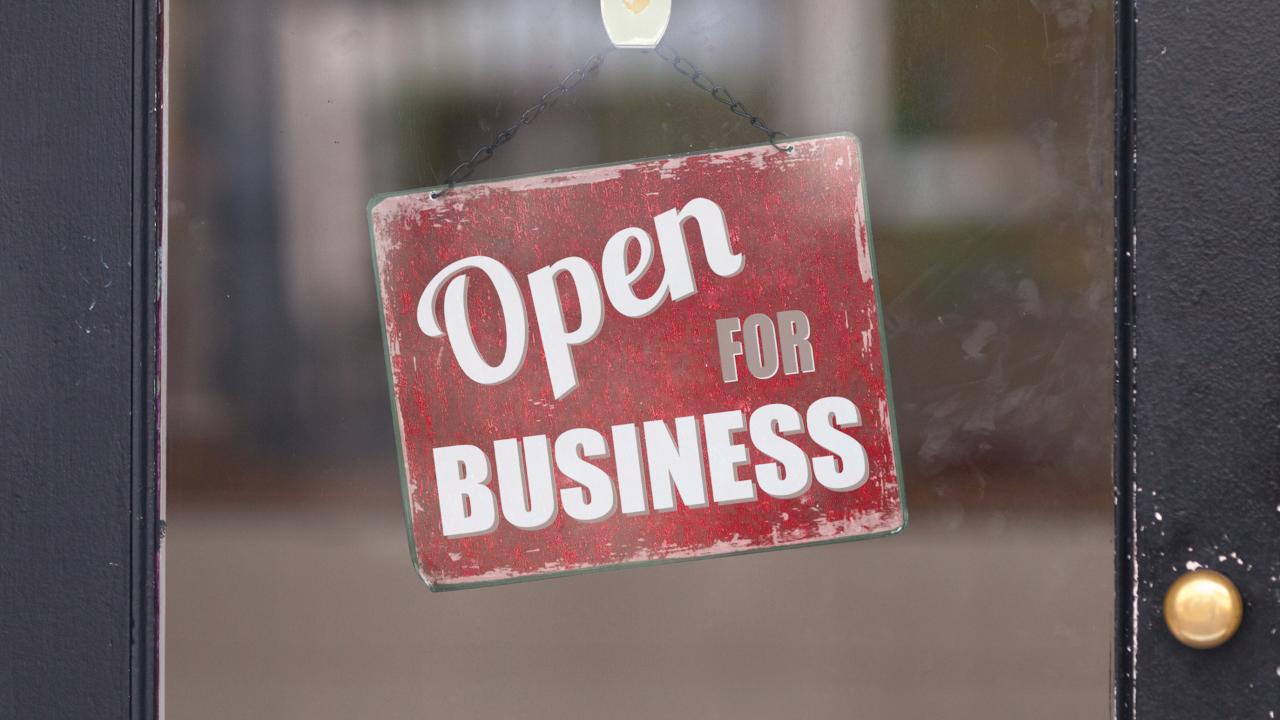Coronavirus small business rescue recipients could face loan forgiveness challenges — here's why
Small businesses must use at least 75 percent of the funds on payroll
Get all the latest news on coronavirus and more delivered daily to your inbox. Sign up here.
JPMorgan Chase warned recipients of government-backed aid intended to help small businesses weather the coronavirus pandemic to adhere to federal guidelines, or risk not getting their loan forgiven.
An email, a copy of which was obtained by FOX Business, from JP Morgan said that borrowers have the obligation to understand the SBA’s rules when they use the Paycheck Protection Program funds.
"The SBA restricts the use of these loan funds to specified purposes, and at least 75 percent must be used for payroll costs (as defined by the SBA)" the email said.
Since launching at the beginning of April, the government’s $660 billion Paycheck Protection Program has been marred by technical glitches and complaints that loans went to large companies, rather than the intended small-business owner.
But the loan program, an integral part of the federal government’s coronavirus stimulus package, could face additional challenges when the forgiveness process for borrowers begins.
“Forgiveness is based on the employer maintaining or quickly rehiring employees and maintaining salary levels,” the Small Business Administration said on its website. “Forgiveness will be reduced if full-time headcount declines, or if salaries and wages decrease.”
ELITE SCHOOLS THAT TAPPED SMALL BUSINESS FUND SHOULD RETURN AID, MNUCHIN SAYS
Under the program, businesses with fewer than 500 workers can secure low-interest loans of up to $10 million. If at least 75 percent of the money goes toward maintaining payroll -- including salary, health insurance, leave and severance pay -- for eight weeks, the federal government will forgive it.
The remaining 25 percent can be spent on operating costs like rent and utilities, but may not go toward mortgage principal or pre-payments. Money spent on non-qualifying expenses must be repaid at an annual rate of 1 percent within two years. No payments are required during the first six months.
For instance, a business that receives a $100,000 loan must use at least $75,000 on payroll costs if they want the federal government to forgive it. Payroll expenses are capped at $100,000 per employee. The loan amount is based on payroll size before coronavirus-mandated shutdowns caused a surge in layoffs, which could make it more challenging for business owners to spend three-fourths of the aid on workers.
CORONAVIRUS SMALL BUSINESS BILL STILL INCLUDES LOOPHOLE FOR BIG COMPANIES
Bankers have also warned that it could be tricky calculating partial forgiveness sums for borrowers who did not meet the 75 percent threshold. Currently, lenders are responsible for assessing loan forgiveness, meaning that what borrowers need to provide as spending proof could vary.
All borrowers will likely need to show payroll records on a per-employee basis through the eight-week period as well as non-payroll expenses.
SMALL BUSINESS LOAN FORGIVENESS COULD BE MORE COMPLICATED THAN OWNERS THINK
“The ironic thing is the companies most likely to get 100 percent forgiveness are the companies who were relatively financially stable to begin with,” L.J. Suzuki, the founder of CFOShares.org, previously told FOX Business.
As a result, some banking groups are pushing the SBA and Treasury Department to issue a standard forgiveness form for borrowers and to create a calculator so that every bank produces the same outcome when using the same data, according to Reuters.
“From a banking perspective, we are really acting as a middleman here. We don’t want to carry these loans on our books,” David Pommerehn, general counsel of the Consumer Bankers Association, told Reuters. “We see this as potentially a bigger mess than the funding process.”
GET FOX BUSINESS ON THE GO BY CLICKING HERE
FOX Business' Brittany De Lea contributed to this report




















